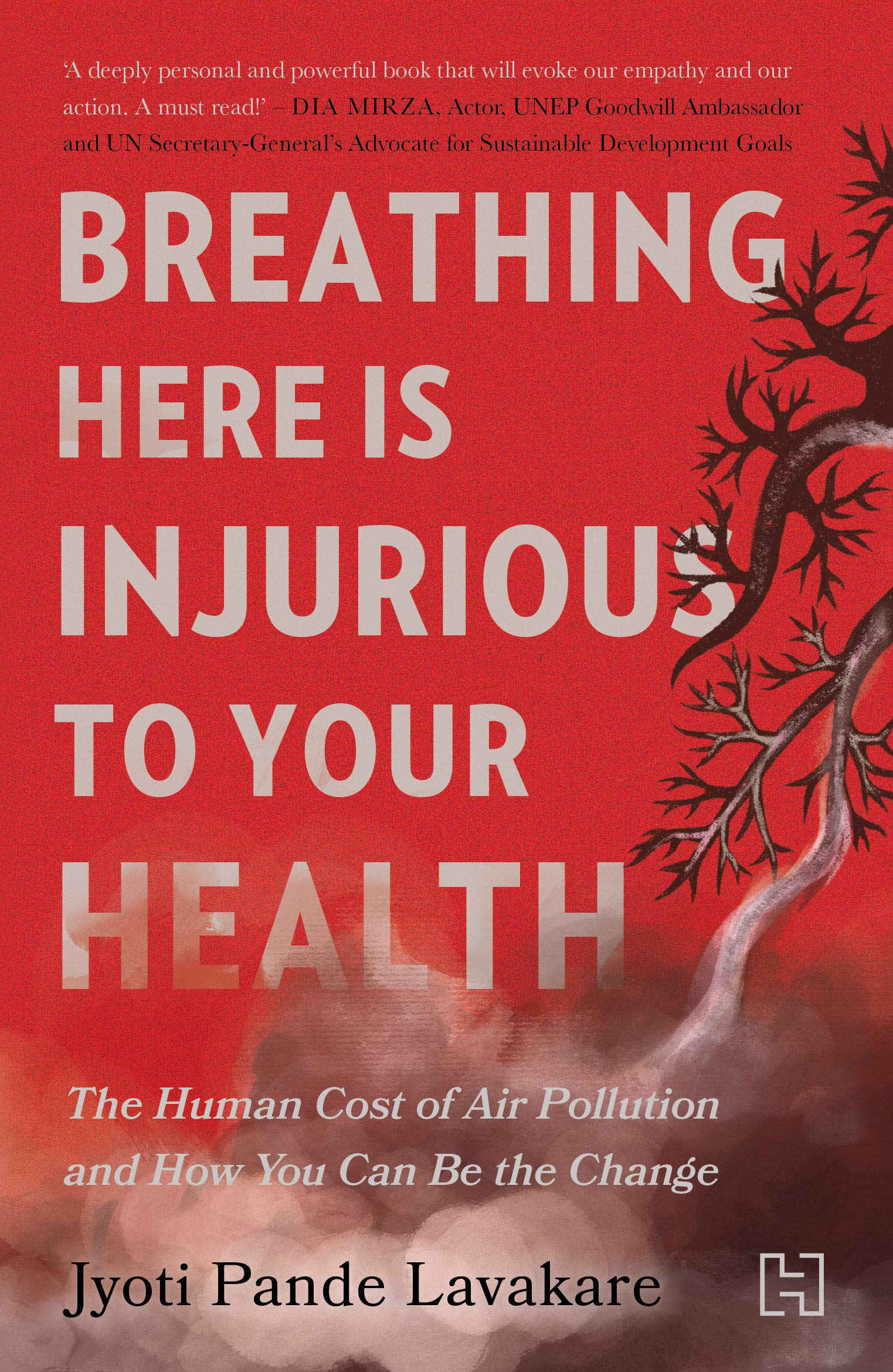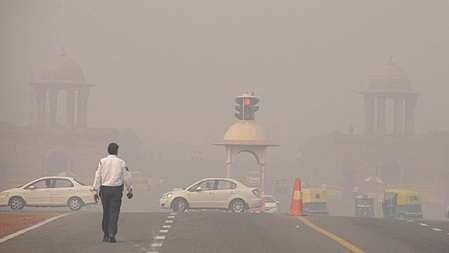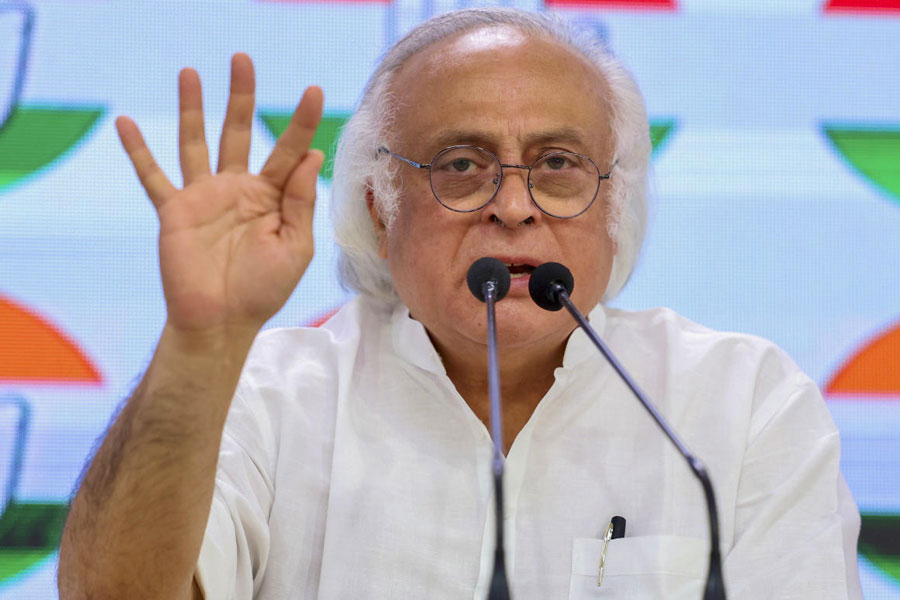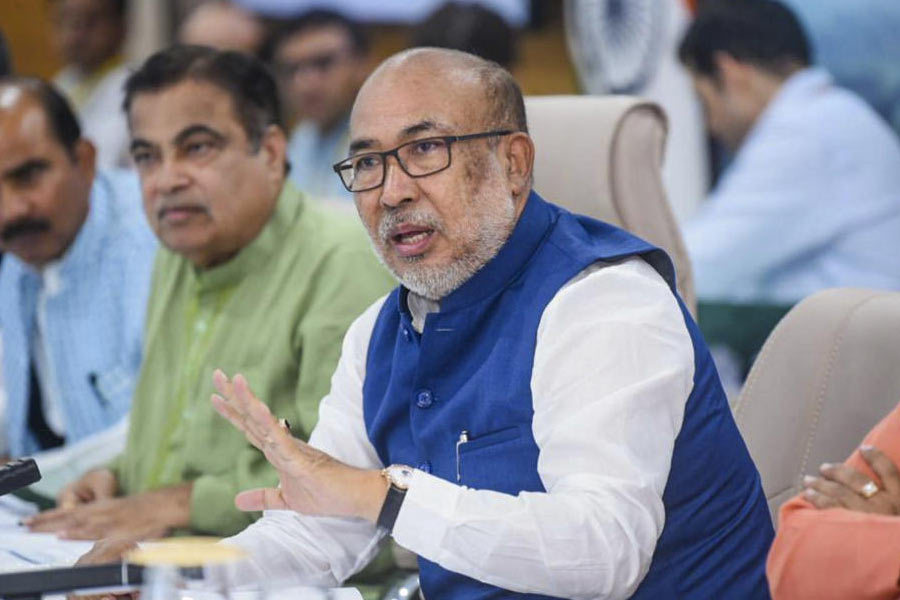Jyoti Pande Lavakare shares a rather interesting episode in these pages while narrating her difficulty in convincing her parents to accept her gift of an air purifier (with a HEPA filter): “‘It’s an air purifier,’ I tell her. ‘Oho. That thing you keep talking about these days, pollution? Beta, everything dirty isn’t terrible. Krishna used to eat dirt, and when his mother peered into his mouth, she saw the whole brahmand,’ she responds, immediately losing interest in the carton.” Jyoti’s parent’s repartee does not stop there: her mother further points out: “You know, if you live in too much cleanliness, your immune system has nothing to fight, and becomes lazy?”
Lavakare’s parents’ indifference towards an essential item is perhaps emblematic of the apathy of the average Indian towards the health hazards posed by air pollution. In this context, she highlights “how cultures differ in their disaster preparedness” and “how the Indian concept of fate and destiny sometimes limits our ability to plan for and react to natural disasters.” Drawing upon scientific research, WHO guidelines, environmental and newspaper reports, doctors’ views and alarming statistics, Lavakare’s meticulously researched work reveals the ominous scourge of air pollution that plagues urban and rural India today. With Delhi at the epicentre of her work, Lavakare’s book should serve as a warning for all.
Lavakare opens her testimony with a poignant depiction of her mother’s incapacitation by the onset of lung cancer. Her succumbing to the inevitable is a direct outcome of the virulent air pollution in Delhi. With air pollution sullying the urban landscape of India, conventional attitudes towards lung diseases are undergoing a sea change. As Dr Bharadwaj clarifies in this book: “Twenty years ago, the reaction to an asthma diagnosis was disbelief... It was a social stigma. Now it is as prevalent as the common cold... One out of three children is asthmatic now, compared to one out of ten earlier.” Using such clinical observations, Lavakare sensitizes her readers to the health hazards of inhaling the micro-particles of polluted air. The damage micro-particles cause to the human body, she asserts, is irreversible.

India’s everyday poison Book title: Breathing Here is Injurious to Your Health: The Human Cost of Air Pollution and How You Can Be the Change by Jyoti Pande Lavakare, Hachette, Rs 399 Amazon
Compiling ominous statistics on air pollution, she warns that the phenomenon is triggering lifestyle changes and adding to the burden of non-communicable diseases. Worse still are the psychological triggers such as autism, dementia, Alzheimer’s, depression and even bipolar disorder. The author explores the primary causes of air pollution in India: inept means of transportation, household fuel, waste burning, fossil fuel, coal-fired power plants and various industrial activities. Proximity to desert storms also serves as a natural catalyst in exacerbating air pollution.
The transformation of Lavakare’s love for Delhi’s winter to apprehension and fear underscores the emotional and psychological impact of air pollution on citizens. Lavakare’s admonition is bound to leave an indelible imprint on the mind of the readers: “Never forget India’s omnipresent, invisible, toxic air pollution is sickening our children, killing us all — my mother, your mother — every day, everywhere. For every breath you take, remember that breathing here is injurious to your health. The road ahead lends two options: flight or fight. I hope you choose to fight.”
Lavakare’s testimony should be read as a well-timed caveat before gross indifference paves the way for an environmental catastrophe. She not only sensitizes her readers about the hazards of air pollution but also exhorts individual activism by providing information brochures, newsletters, apps to check air-pollution levels, relevant websites and even a list of various organizations (for citizens to volunteer) at the end of her book.
But are the masses and the authorities listening?










